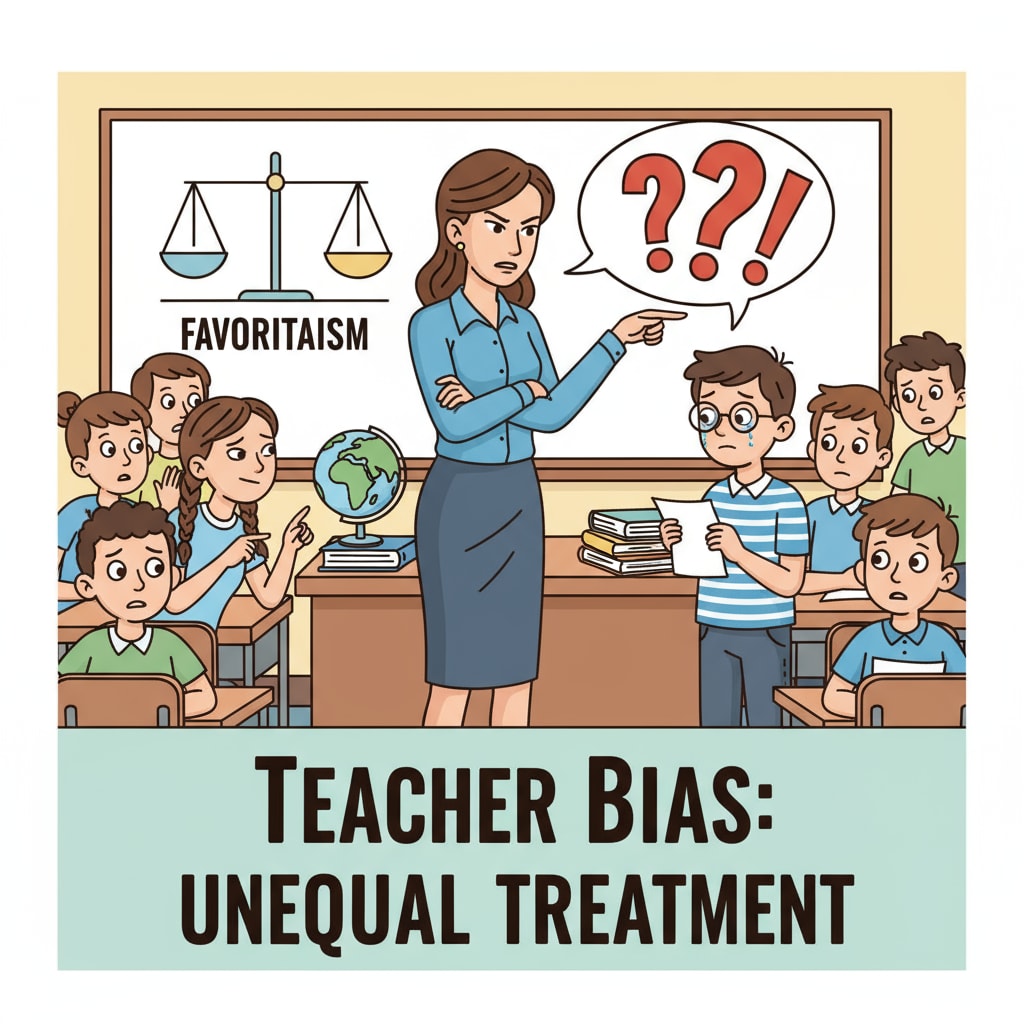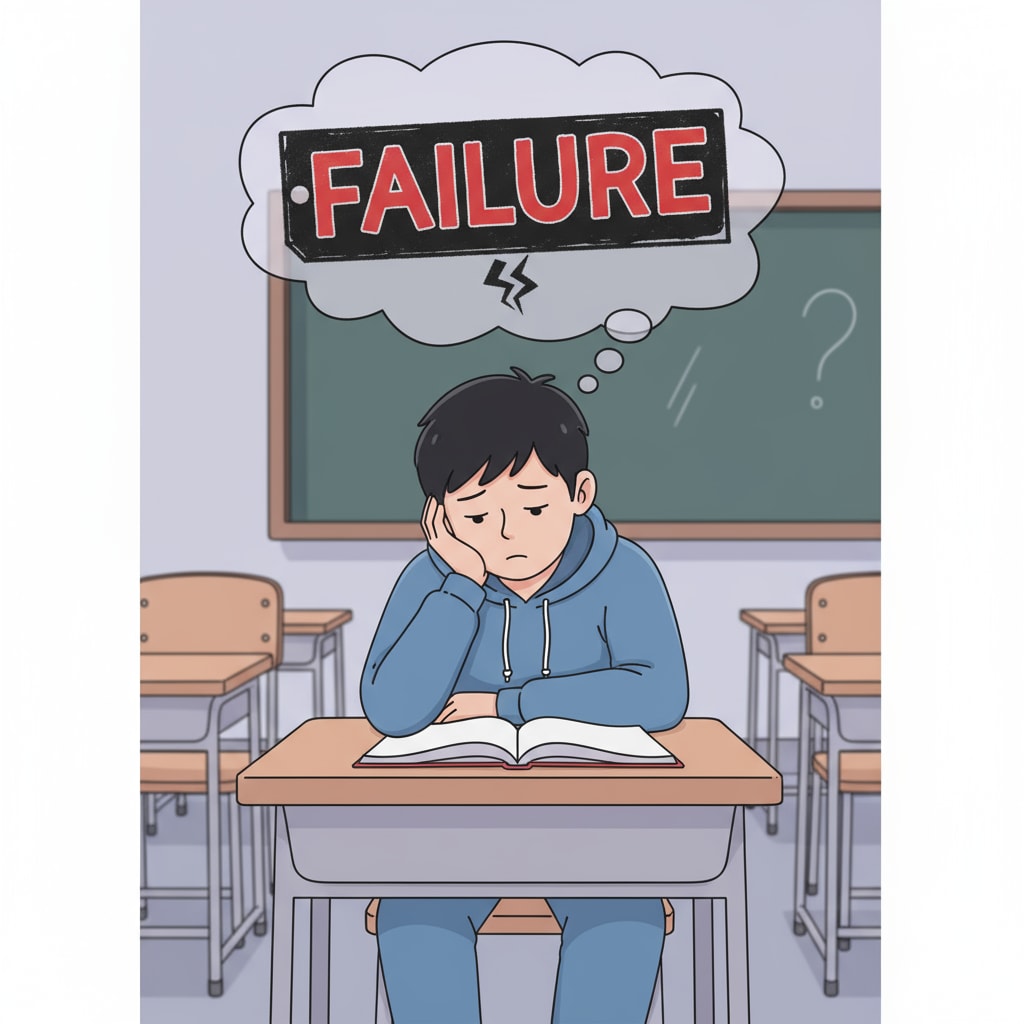School injustice, teacher bias, and negative labeling are issues that cast a long shadow over the educational landscape. In schools around the world, students often find themselves at the receiving end of unfair treatment from teachers, which leads to detrimental labeling and biases. This not only affects their present but also has far-reaching consequences for their future.

The Root Causes of Teacher Bias
Teacher bias can stem from various sources. One significant factor is personal stereotypes. Teachers, like all individuals, carry preconceived notions about different groups of students based on factors such as race, socioeconomic status, or academic performance. For example, a teacher might assume that students from lower-income families are less intelligent or less motivated. According to American Psychological Association research on teacher bias, these stereotypes can unconsciously influence a teacher’s interactions with students.
The Process of Negative Labeling
Once teacher bias takes hold, negative labeling often follows. A teacher might label a student as “lazy,” “slow,” or “troublemaker” based on their biased perceptions. This labeling can become a self-fulfilling prophecy. Students who are constantly labeled negatively may start to believe these labels and adjust their behavior accordingly. As a result, their academic performance may decline, and their self-esteem can be severely damaged.

For instance, a student labeled as “slow” may stop trying hard in class, thinking that they are not capable of achieving better results.
The long-term effects of such negative labeling are profound. Students may develop mental health issues such as anxiety and depression. Their academic progress can be hindered, and they may be less likely to pursue higher education or fulfilling careers. Moreover, these negative labels can also affect their social relationships, as they may be ostracized by peers who believe the labels.
To break this cycle of school injustice, teacher bias, and negative labeling, several steps can be taken. Teacher training programs should include in-depth sessions on recognizing and overcoming bias. Schools should also establish clear policies against unfair treatment of students and provide support systems for students who have been affected by bias. Additionally, promoting a diverse and inclusive school environment can help reduce the prevalence of bias.
Readability guidance: In this article, we have explored the complex issues of school injustice, teacher bias, and negative labeling. By understanding the root causes, the process of negative labeling, and its long-term effects, we can work towards creating a more just and inclusive educational environment for all students. Transition words like “for example,” “moreover,” and “as a result” have been used to enhance the flow of the text. Short paragraphs and clear headings have been employed to improve readability.


